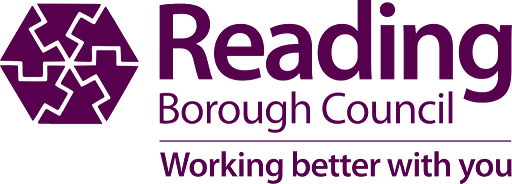Political Map of Reading Set to Change
LOCAL GOVERNMENT BOUNDARY COMMISSION NEWS RELEASE
The independent Local Government Boundary Commission for England is asking local people for their help to draw up a new pattern of council wards for Reading Borough Council.
The consultation is the first part of an electoral review which will re-draw ward boundaries across the borough. The Commission has also announced that Reading Borough Council should have 48 councillors in future: 2 more than the current arrangements. In drawing up new boundaries, the Commission aims to deliver electoral equality for voters in council elections so that each councillor represents roughly the same number of voters. The review also aims to ensure that the new council wards reflect, as far as possible, the interests and identities of communities across the borough.Professor Colin Mellors, Chair of the Commission, said:
“We are asking local people and organisations to help us draw up new wards for Reading. As we develop the recommendations, we will take into account local community identities as well as ensuring electoral equality for voters. “If you have a view about which communities or neighbourhoods should be part of the same council ward, then we want to hear from you. And if you think a road, river or railway makes for a strong boundary between communities in your part of Reading, then this consultation is for you. “If you’re interested in the way the borough is run, just log on to our website to explore our interactive maps and have your say. “Your views will make a difference. “We will carefully consider all evidence that is provided during this phase of the review, whoever it is from and whether it applies to the whole of Reading or just a small part of the borough. “Residents will then have a further chance to have their say after we publish our draft recommendations in February.” Local people have until 4 November 2019 to submit their views in this consultation. Further information on the review and interactive maps of the existing wards can be found at consultation.lgbce.org.uk and www.lgbce.org.uk.Notes to editors:
1. The Local Government Boundary Commission for England is responsible for reviewing local authority electoral arrangements, defining boundaries for local elections and the number of councillors to be elected, as well as conducting reviews of councils’ external boundaries and structures. 2. The aim of the ward boundary changes is to provide for ‘electoral equality’; that means each councillor representing approximately the same number of electors. The Commission must also have regard to community identity and interests and providing effective and convenient local government 3. The types of questions the Commission is asking residents at this stage are: · Do you have suggestions about where your ward boundaries should be? · Which areas do you identify as your local community? · Where do people in your area go to access local facilities such as shops and leisure activities? 4. Residents have from 27 August 2019 until 4 November 2019 to have their say about where ward boundaries for Reading Borough Council’s 48 councillors should be drawn. The Commission will then publish its draft recommendations in February 2020 and open a further phase of consultation with local people. New wards are scheduled to come into effect at the 2022 council elections. 5. The electoral review of Reading Borough Council is a separate undertaking from the review of parliamentary constituency boundaries, which is being carried out by a separate body (Boundary Commission for England) under different rules and legislation. 6. Members of the public can have their say on the new electoral arrangements by writing to: The Review Officer (Reading) LGBCE 1st Floor, Windsor House 50 Victoria Street London SW1H 0TL Email: reviews@lgbce.org.uk